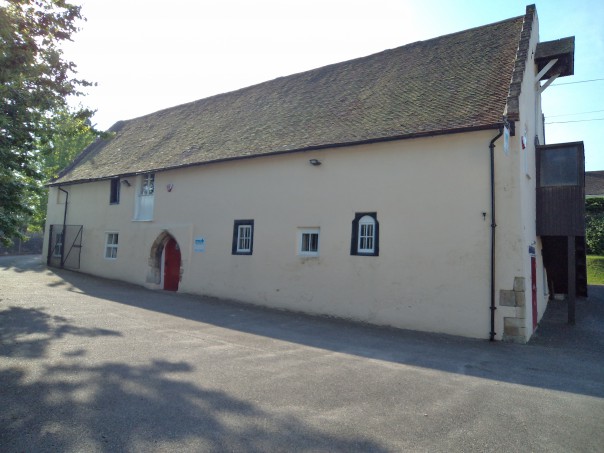I am sure that, like me, many of you have been listening this week to Radio Four with Melvyn Bragg where amongst others Louise Wilkinson, Nicholas Vincent and David Carpenter have provided us with a compelling narrative and analysis of events involving King John and the English barons, when Archbishop Stephen Langton often acted as mediator on the road to Runnymede in 1215 and beyond. This has also involved descriptions of original documents from the period held at Canterbury Cathedral Archives and Library, and it has been a great treat to hear about their role and place in this ongoing story of conflict and negotiation at the highest levels in English society, which can only be truly understood by also looking to the actions of the French king and the papacy. Consequently Canterbury’s archbishop and the monastic communities of Christ Church Priory and St Augustine’s Abbey were similarly entangled in events during this turbulent period in the country’s history. So even though in this week 800 years ago King John was not actually in Canterbury, his actions at the Temple Church in London had implications well beyond the capital. As the Magna Carta Project website reports John’s grants and other business, including a notification on 8 January 2015 whereby ‘Hugh abbot of Beaulieu was authorized to contract loans from foreign merchants’ in all probability ‘represents the first real effort on the King’s behalf to comply with the promises, made in November, that he would obtain papal confirmation of his recent settlement with the exiled bishops, not least for the charter of free elections.’
This is all that remains above ground of the royal Donjon manor in Canterbury, located near to Canterbury East station. Whereas far more of the city’s medieval ecclesiastical heritage has survived, for anyone seeking Canterbury’s royal medieval buildings, it is unfortunate that they will only find the the shell of the castle and this structure.
Further knowledge and analysis of events in 1215, and beyond to the production of later and arguably equally influential charters up to Henry III’s reissue of Magna Carta in 1225, will be revealed in a series of exhibitions, lectures and conferences that have been organised by members of the project team. Indeed, Professors Carpenter, Vincent and Wilkinson will share a platform on Saturday 6 June at Canterbury Christ Church University’s Magna Carta conference, which will coincide with the launch of an exhibition on the Charter at the Beaney Museum nearby in the city of Canterbury.
Moreover, Louise Wilkinson, Nicholas Vincent and David Carpenter will be back together in Canterbury again in April 2016 when they will be joining among others Michelle Brown, Helen Castor, Christopher Dyer and Dan Jones at ‘Exploring the Middle Ages’, a feast of medieval history lectures on topics from medieval manuscripts to military warfare. Preparations for this history weekend on the Middle Ages from 1-3 April 2016 are well underway and the organising committee from the School of Humanities’ Centre for Research in Kent History and Archaeology, and Canterbury Cathedral Library is delighted to report that it has secured support from Canterbury Archaeological Trust and Kent Archaeological Society. Over the next few months the committee will be seeking further support, not least as a way to make this event a great opportunity for people from different backgrounds to learn about this fascinating period of history in one of the most important cities in medieval Christendom. It is envisaged tickets will be available from April 2015 once certain details of the programme have been finalised. So please watch this space.
 Centre for Kent History and Heritage
Centre for Kent History and Heritage Sheila Sweetinburgh
Sheila Sweetinburgh 680
680


